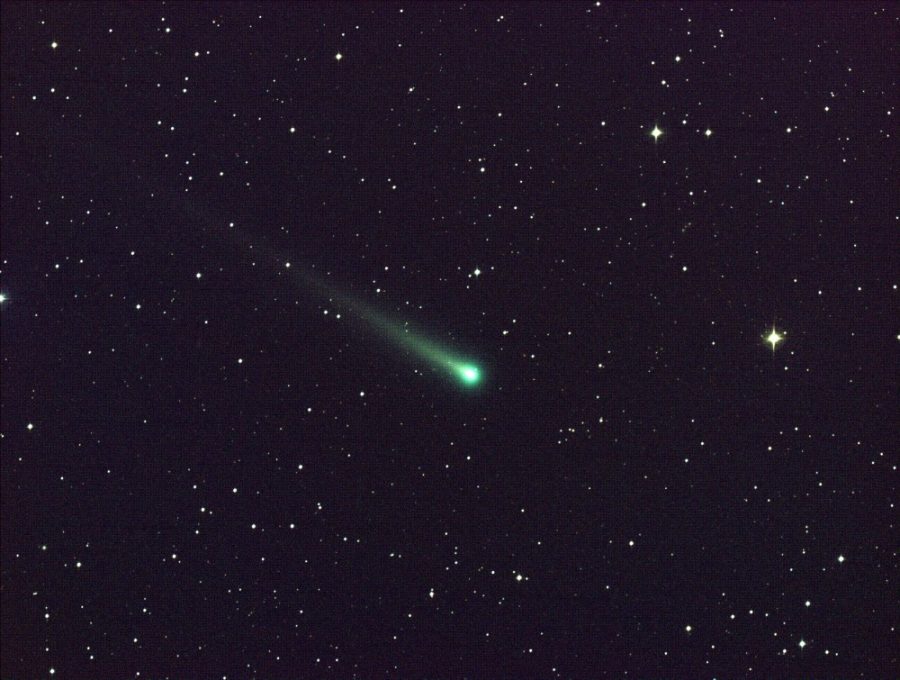Politics wasn’t the only news last week. These three science stories could have big impacts in their fields.
Laborers Used in Sacrifice
New research has come from a multi-university team led by Canada’s Simon Fraser University focusing on an ancient burial site in the Yinxu region of China. The site has been found to contain the remains of apparent victims of human sacrifice.

Although areas like this one are not uncommon, the Yinxu site is different because new research has shown that victims were first kept as slaves before being sacrificed. Of particular note were some of the bodies found buried in the Shang Dynasty Royal Cemetery, which have shown evidence that they were not typical human sacrifice victims.
Researchers conducted isotopic analysis on the bones of a small group of victims in order to determine what made them different from the rest. The analysis showed that this particular group did not come from directly within the region. The victims were brought in from the outside and remained alive long enough for the local climate and food to have an impact on their bones. The change is something that would have taken years, not days or weeks.
Whether they were prisoners of war or specifically selected for human sacrifice, the researchers believe that this is a sound basis to conclude that the victims were kept as laborers — why else would their captors bother to feed them for so long?
RELATED: Researcher draws parallels between atypical burial sites and ancient conflict
Sunless Tanning
A new drug has been created by a multi-institutional team that can supposedly give the user a natural tan without the harmful effects of UV radiation.
Instead of relying on artificial chemicals, this pill will use the human body’s own natural chemical reactions to work. It focuses on the protective processes which cause skin to naturally darken under the sun.

In a lab, researchers used the drug on human skin samples and found that it did indeed cause skin to darken by encouraging the overproduction of the pigment melanin. The researchers are hoping that ultimately the drug can be used to help protect against skin damage and malignant cancers.
The drug focuses on protein in the melanin production chain using what are called SIK inhibitors. Once the protein is affected, the skin will begin to gradually darken. When treatment is stopped, the darkness will eventually fade, just as a normal tan might. Although the drug seems to work, the researchers urge cautionary measures be taken due to the risk of cancers that might develop while the protein is being suppressed.
Although the findings were published in June, the research will continue in order to study the potentially harmful effects of the pill and see whether or not it will be safe for mass production and distribution.
RELATED: UA research finds evidence supporting the existence of a ninth planet beyond Neptune
The Wow! Signal explained – or not
A paper was published early last week by astronomy professor Antonio Paris of St. Petersburg College, FL, stating that he may have found an explanation for the Wow! Signal.
The Wow! Signal was an unexplained radio signal that originated from space almost 40 years ago in 1977. Scientists at the time were baffled, and since then there have been no viable explanations for the origin of the signal, or how it was transmitted to earth’s radios. The blip of data was short, a mere 72 seconds, and the signal gets its name from the researcher who wrote “Wow!” next to the incoming data.
Now, forty years later, Paris believes he may have an explanation for the mysterious transmission. Paris claims that the signal matches up with the trajectory of a comet that was unknown at the time as it was passing by Earth. According to Paris, certain comets are capable of emitting radio waves under the right conditions, and that the Wow! Signal may have been just that.
Although more research must be done, most other scientists are skeptical of this theory, doubting his scientific rigor and believing that a comet would not be able to produce waves powerful enough to reach earth.
Follow Rebekah Ulmer on Twitter.









